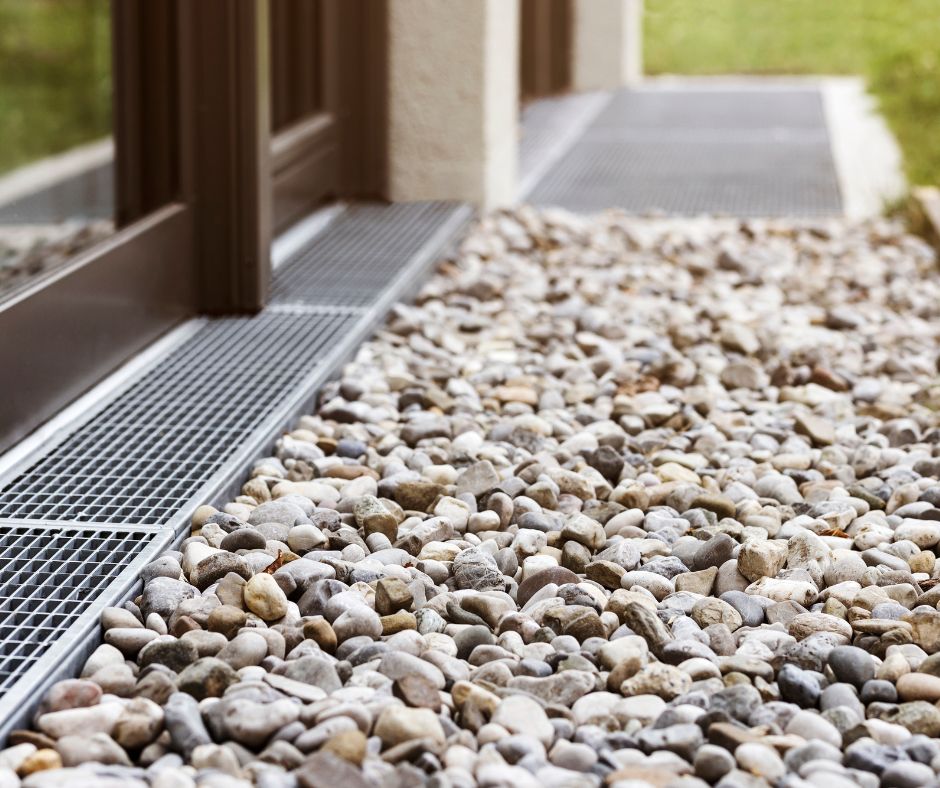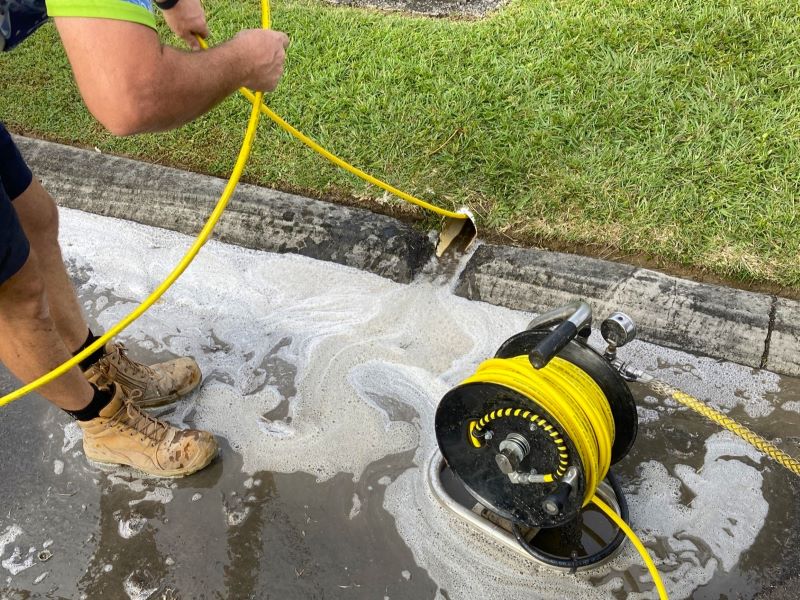Stormwater drainage systems play a vital role in protecting your property from water-related issues. These systems incorporate various components including roof plumbing drainage, French drains, spoon drains, and strip drains, all designed to manage stormwater runoff efficiently. By effectively channeling excess rainwater away from your home, these systems help prevent water damage such as flooding or foundation erosion. Regular maintenance is not merely suggested; it is essential to avert serious complications like drain blockages and potential flooding. Whether you are dealing with pesky clogs, invasive roots threatening your pipes, or aging plumbing infrastructure, establishing a proactive maintenance routine can significantly lower the risk of future issues and costly repairs. Understanding the intricacies involved in maintaining these systems is crucial for protecting your home and ensuring its long-term durability.
This detailed guide will delve into the best practices for maintaining your drainage systems and provide actionable advice for addressing any blockages you might encounter.

Proven Strategies for Maintaining Your Traditional Stormwater Drain Systems
Traditional stormwater drains are indispensable components of most properties, specifically designed to redirect rainwater away from buildings and reduce the risk of flooding. Over time, however, these vital systems can become clogged with debris, including leaves, dirt, and branches, which can hinder their performance. To prevent water accumulation around your home’s foundation—an issue that can cause significant structural damage—it is critical to engage in consistent maintenance. By creating a routine upkeep schedule, you not only enhance the functionality of your drainage systems but also extend their lifespan, particularly during heavy rainfall events when they are most needed.
Essential Tips for Caring for Traditional Drains:
- Regularly clear the grates and gutters: Establish a routine to remove accumulated leaves and debris, especially after storms when the risk of blockages peaks.
- Monitor for pooling water: Be vigilant about signs of water backing up or pooling near your drains, as these can indicate a blockage that requires addressing. Additionally, observe your garden for soggy areas that may suggest underlying drainage problems needing attention.
- Engage professional services: Scheduling regular inspections and cleanings with a qualified plumber, such as Creek to Coast, ensures that your drainage systems operate efficiently and helps prevent future complications.
Strategies for Optimal Performance of French Drain Systems
French drains are expertly engineered to divert groundwater away from your property and retaining walls, making them essential for effective moisture management. However, these underground systems require diligent care to prevent blockages. Constructed from gravel and a perforated pipe, French drains facilitate efficient water flow, but over time they can become clogged with dirt, sediment, and even intrusive roots. Regular maintenance is crucial to ensuring their longevity and operational efficiency, ultimately preventing issues that could lead to costly repairs.
Key Maintenance Tips for French Drains:
- Watch for slow drainage: If you observe that water is not draining as it should, this may indicate a clog that requires immediate attention to avert further complications.
- Regularly flush the system: Periodically flushing the drain with water can help eliminate potential clogs before they escalate into significant problems that disrupt normal drainage.
- Seek professional cleaning services: If you notice sediment buildup or root intrusion, reach out to Creek to Coast for comprehensive cleaning, potentially utilizing hydro-jetting tools for effective pipe clearing.
Crucial Maintenance Guidelines for Spoon Drain Systems
Spoon drains feature shallow, curved channels specifically designed to efficiently redirect surface water away from driveways, patios, and other paved surfaces. While these drains typically require minimal upkeep, regular attention is still necessary to prevent clogging. Failing to clear these channels can result in water pooling on your property, leading to extensive damage over time. By adopting straightforward yet effective maintenance practices, you can ensure that your spoon drains remain operational and efficient.
Maintenance Guidelines for Spoon Drains:
- Keep the channel debris-free: Make it a habit to routinely sweep out leaves, dirt, and other materials to maintain smooth water flow. A high-pressure washer can be an excellent tool for thorough cleaning.
- Check the slope: Ensure that the slope of the spoon drain is intact and functioning properly, as gravity is crucial for directing water away effectively.
- Inspect for damage: Regularly examine the drain for cracks or breaks, which can be caused by vehicle traffic and may require repairs to maintain proper functionality.
- Seek professional evaluation: If you notice poor drainage performance, it may be wise to contact Creek to Coast for a thorough professional assessment to implement necessary adjustments or repairs.
Essential Cleaning Steps for Linear Drain Systems
Linear drains, commonly referred to as trench drains, are strategically placed in various settings such as driveways and pool decks to effectively capture surface runoff. While they excel at preventing water accumulation, they are prone to collecting debris over time, which makes regular cleaning crucial for maintaining their effectiveness. Establishing a consistent cleaning routine is vital to prevent blockages that could lead to water pooling and damage in adjacent areas, ensuring the long-term performance and durability of these systems.
Maintenance Tips for Linear Drains:
- Frequently clean the grates: Regularly check the grates for any accumulation of dirt, leaves, or debris that could obstruct water flow, and promptly remove these blockages as necessary.
- Regularly flush the system: Running water through the drain routinely ensures proper flow and helps identify any potential obstructions.
- Consider professional maintenance: If you experience backups or slow drainage, don’t hesitate to reach out to Creek to Coast for expert cleaning services to effectively eliminate deep clogs and debris.
Immediate Steps to Take When Facing Blocked Drains
Even with diligent maintenance, blockages can still occur in any drainage system. Warning signs such as water pooling, slow drainage, or overflowing grates indicate that immediate action is necessary to prevent more severe complications. By understanding the common causes of blockages, you can swiftly identify the issue and take appropriate steps to resolve it effectively.
Common Causes of Blockages Include:
- Tree roots: Roots can infiltrate underground pipes, creating significant blockages that disrupt water flow and drainage.
- Accumulated debris: Leaves, dirt, and various environmental materials can accumulate over time, obstructing water passage through your drainage system.
- Pipe damage: Broken or crushed pipes can severely restrict water flow, necessitating immediate professional intervention to restore functionality.
When confronted with a blockage, it is advisable to consult a professional plumber like Creek to Coast. They utilize advanced equipment, such as high-pressure water jetters and CCTV cameras, to accurately diagnose and resolve the issue. Attempting to clear a blockage on your own can worsen the problem, particularly if the pipes are damaged or roots have invaded the system.

Holistic Approaches to Maintaining Various Stormwater Drain Systems
To ensure that your stormwater management systems—whether they consist of traditional, French, spoon, or linear drains—function effectively, consider implementing the following comprehensive strategies:
- Schedule annual inspections and cleanings with a licensed plumber like Creek to Coast. This proactive strategy not only aids in debris removal but also helps identify potential problems before they escalate into significant issues.
- Monitor water flow: After heavy rainfall, inspect your drains for any pooling or slow drainage, which could indicate underlying issues that need to be addressed promptly.
- Install gutter guards and grates to prevent larger debris from entering your drains, thereby reducing the frequency of blockages and the need for maintenance.
- Maintain distance from plants and trees: Roots from nearby trees can invade and obstruct pipes, making it essential to keep vegetation at a safe distance from your stormwater systems to avoid future complications.
Regular plumbing maintenance and timely responses to drainage issues are critical for safeguarding your property from water damage and ensuring that your drainage systems operate smoothly and efficiently. If you observe any signs of blockage or malfunction, don’t hesitate to contact Creek to Coast for expert assistance in keeping your stormwater drains functioning seamlessly!
The Article: Stormwater Clarity: Essential Drain Maintenance Tips first appeared on https://writebuff.com.
The Article Drain Maintenance Tips for Stormwater Clarity Was Found On https://limitsofstrategy.com
The Article Stormwater Clarity: Essential Drain Maintenance Tips First Appeared ON
: https://ad4sc.com
Comments are closed